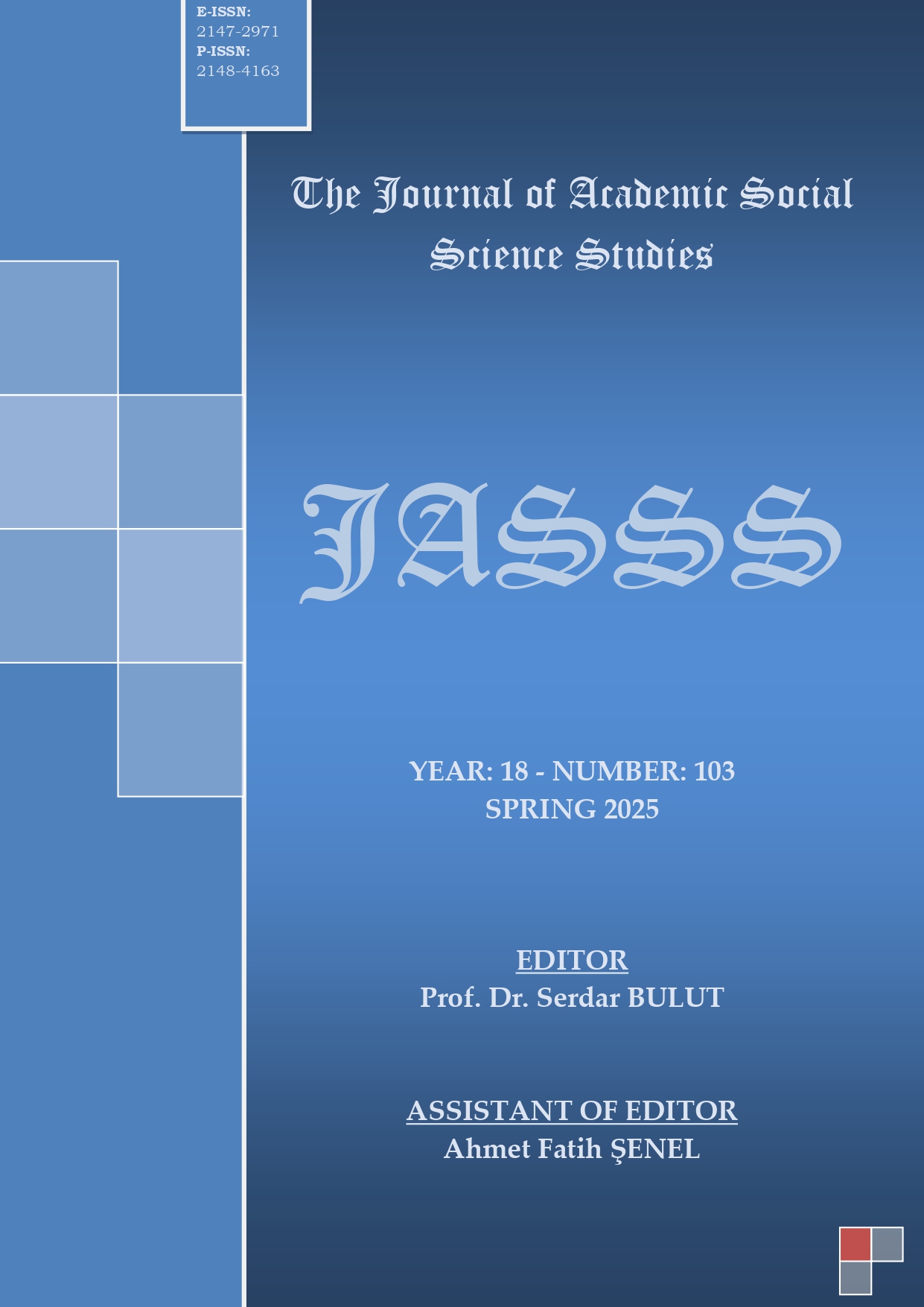Author :
Abstract
20. yüzyılın göz merkezci mimari söylemleri ve bu doğrultuda ortaya çıkan mimarlık pratiği bugüne gelindiğinde görünür ve görünmezin duyumsal karşılıklarını yaratan yeni mekân üretimi söylemlerini, çoklu duyular mimarlığını ve edimsel mimarlığı meydana getirmektir. Mimarlık eğitimindeki kırılmaların tarihsel dizinde irdelenmesiyle, toplumsal mekanın ilk pratiği olan eğitimdeki mekan üretimi ve pratikteki karşılığı arasındaki ilişki, çalışmanın oluşturulmasına değer bir irdeleme olarak görülmüştür. Bugünün mimari pratiklerine altlık oluşturan Maurice Merleau-Ponty ve Jacques Lacan gibi söylem insanlarının düşüncelerinden faydalanılarak seçilen edimsel mekanlar arasındaki korelatif bağ, çalışmanın çift bakışlı okunurluğuna katkı sunmayı amaçlamaktadır. Peter Zumthor’un Therme Vals’i ve Bernard Tschumi’nin Parc de la Villette’si çalışmanın edimsel mekanları olarak seçilmiştir. Yöntem olarak; Henri Lefebvre’in mekân üretimi diyalektiği çerçevesinde ve ismi geçen söylem insanlarının katkıları üzerinden nitel araştırma yöntemi ile bu iki yapının yapıbozuma uğratılması ve sonrasında güncel mimarlık eğitimine bu edimselliğin entegrasyonu olarak belirlenmektedir. Edimsel mekanlar için üretimin tersten okunması olarak adlandırılan bu süreç, sonu bilinen (tasarlanmış, inşa edilmiş ve kullanıcısı ile buluşmuş) bir mimarlık ürünün mimarlık eğitim sürecine yansıyabilecek potansiyellerini ortaya çıkarmak üzerine kurgulanır. Mekânı, her deneyim hali ile üreten-özne, üretken mekânı desteklerken yeni yaşamlara da yeni kapılar aralamaktadır. Bu sonsuz döngü mekân üretiminin mimarlık eğitiminde eksik kalan “zamansallığına” dikkat çekmektedir. Mekan üretiminde edimsel katkılar ile mekansal dizgelerin kurgulanması, bugünün eğitiminde bedensel ve duyumsal deneyimlerle mekan üretmeyi sorgulamaya açmaktadır. Lefebvre’ün mekan üretim diyalektiğinin zamansallık ile ele alınmasının ve öznel deneyimlerin, nesnel kuramsal çerçeve ile buluşmasının mimarlık eğitimine kazandırdığı keşifler, çalışmanın gelecek öngörülerinde pratikteki karşılığını bulucağı yönünde şekillenir.
Keywords
Abstract
The 20th-century's eye-centered architectural discourses and the architectural practice that emerged in this direction are to create new discourses of space production, multi-sensory architecture, and performative architecture that create the sensory equivalents of the visible and invisible. By examining the ruptures in architectural education in the historical sequence, the relationship between the production of space in education, which is the first practice of social space, and its equivalent in practice is seen as an examination worthy of the creation of the study. The correlative link between the performative spaces selected by utilizing the thoughts of discourse people such as Maurice Merleau-Ponty and Jacques Lacan, which form the basis for today's architectural practices, aims to contribute to the double gaze legibility of the study. Peter Zumthor's Therme Vals and Bernard Tschumi's Parc de la Villette were chosen as the performative spaces of the study. The methodology is determined as the deconstruction of these two constructions with the qualitative research method within the framework of Henri Lefebvre's dialectic of spatial production and the contributions of the aforementioned discourse people, and then the integration of this performativity into contemporary architectural education. This process reverse reading of production for performative spaces, is built on revealing the potential of an architectural product with a known end (designed, built, and met with its user) that can be reflected in the architectural education process. The subject, producing the space in every state of experience, supports the productive space. This endless cycle draws attention to the “temporality” of space production that is missing in architectural education. The construction of spatial systems with performative contributions in the production of space calls into question the production of space with bodily and sensory experiences in today's education. The discoveries that Lefebvre's dialectic of space production with temporality and the meeting of subjective experiences with the objective theoretical framework bring to architectural education are shaped in the future predictions of the study in the direction that it will find its practical counterpart.





